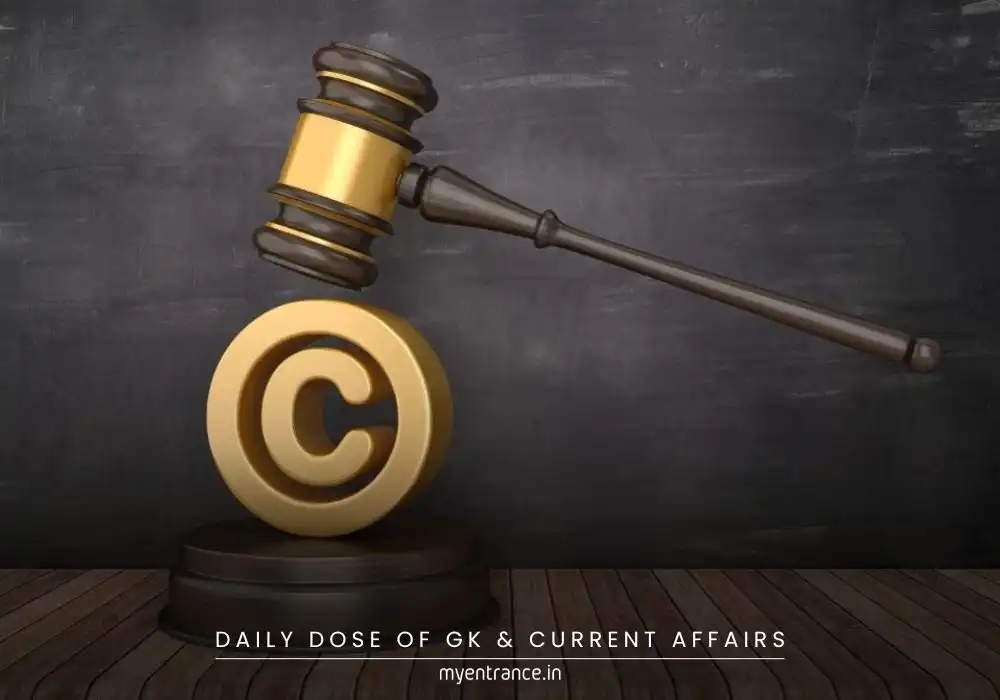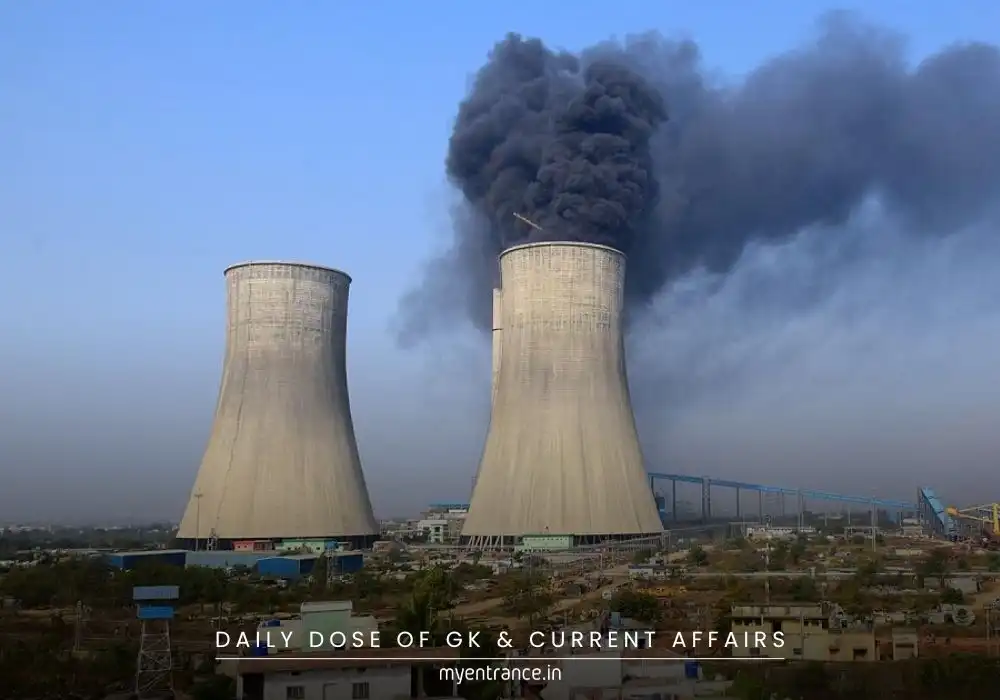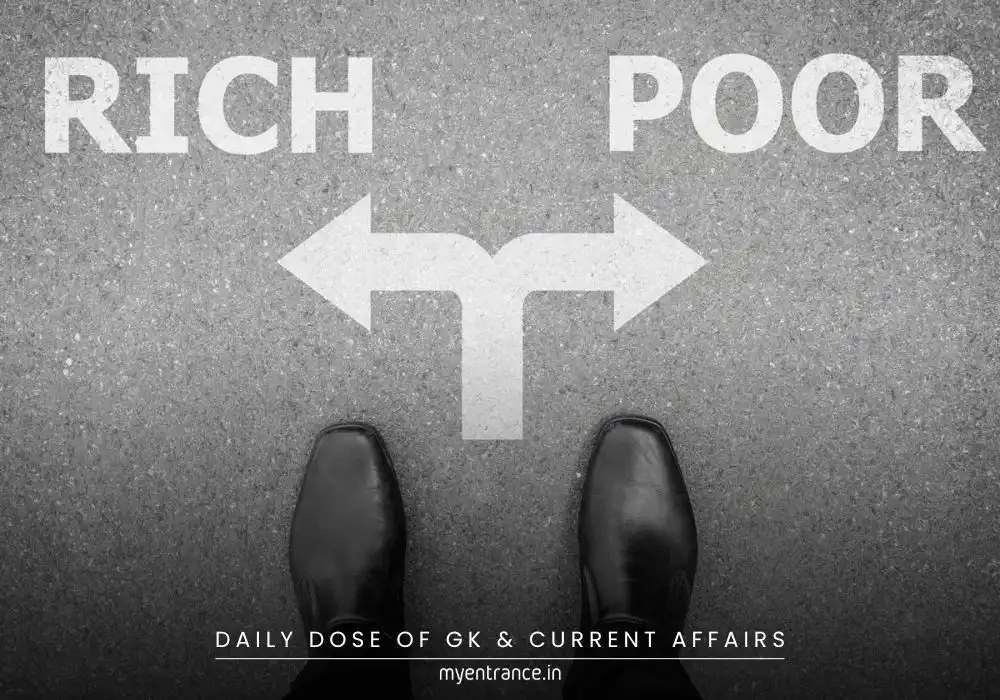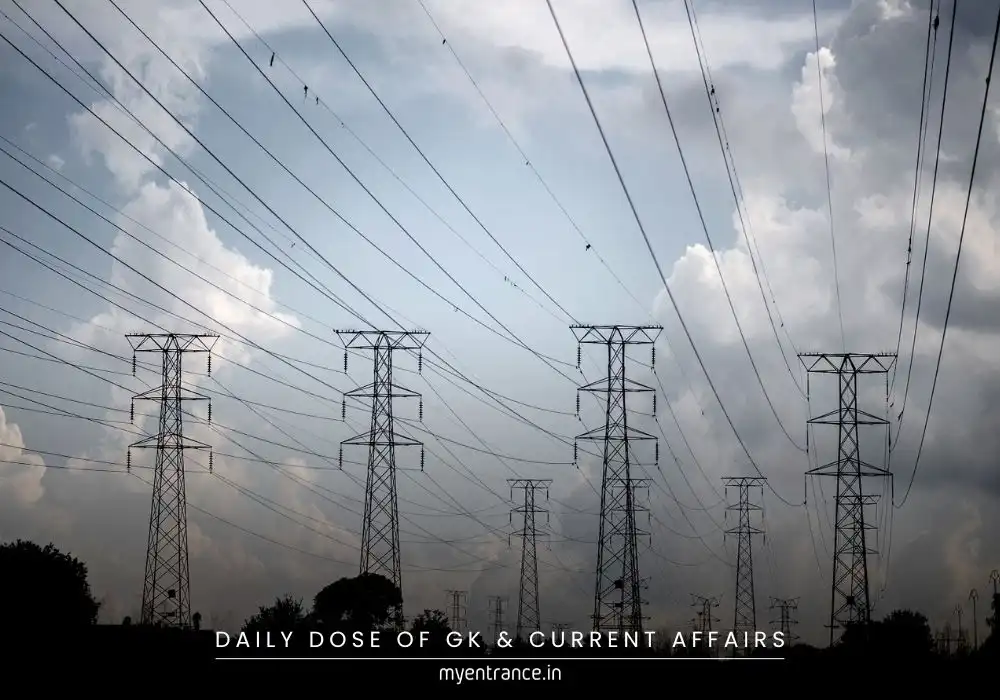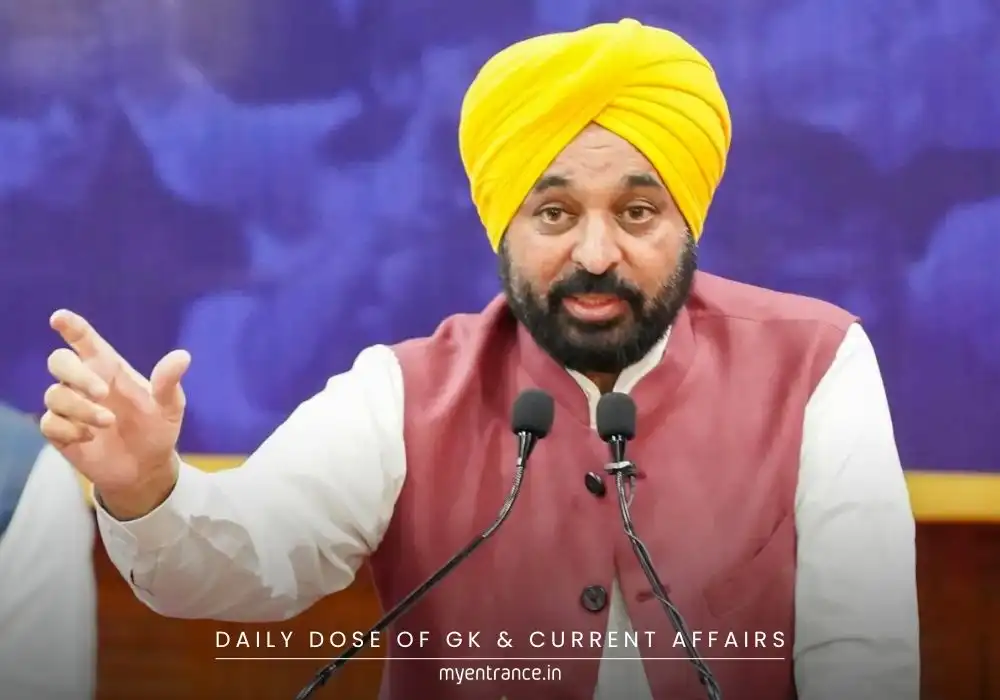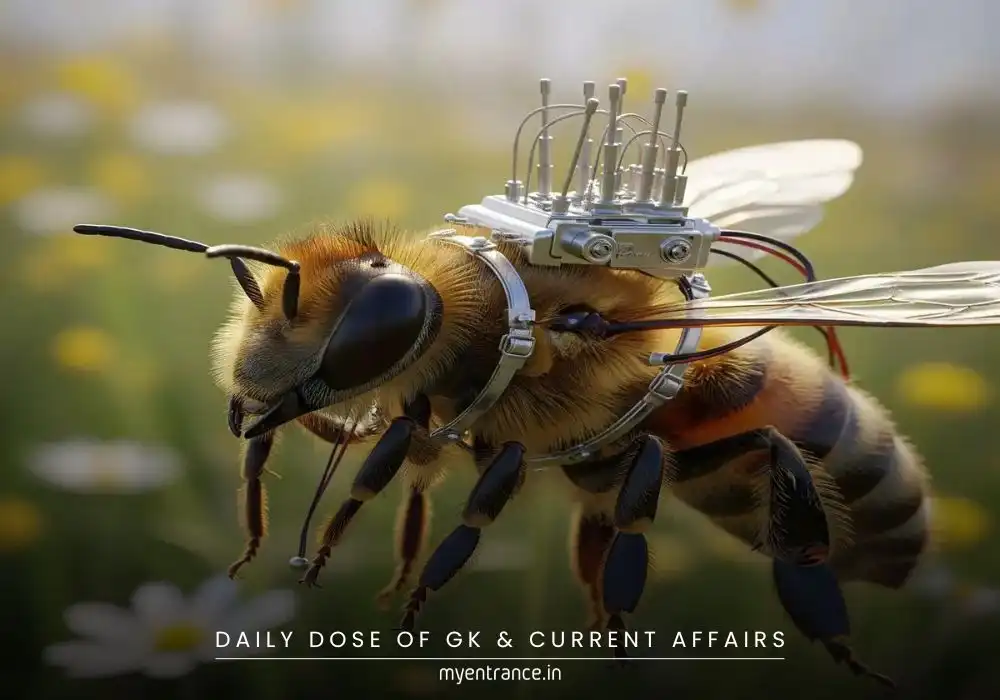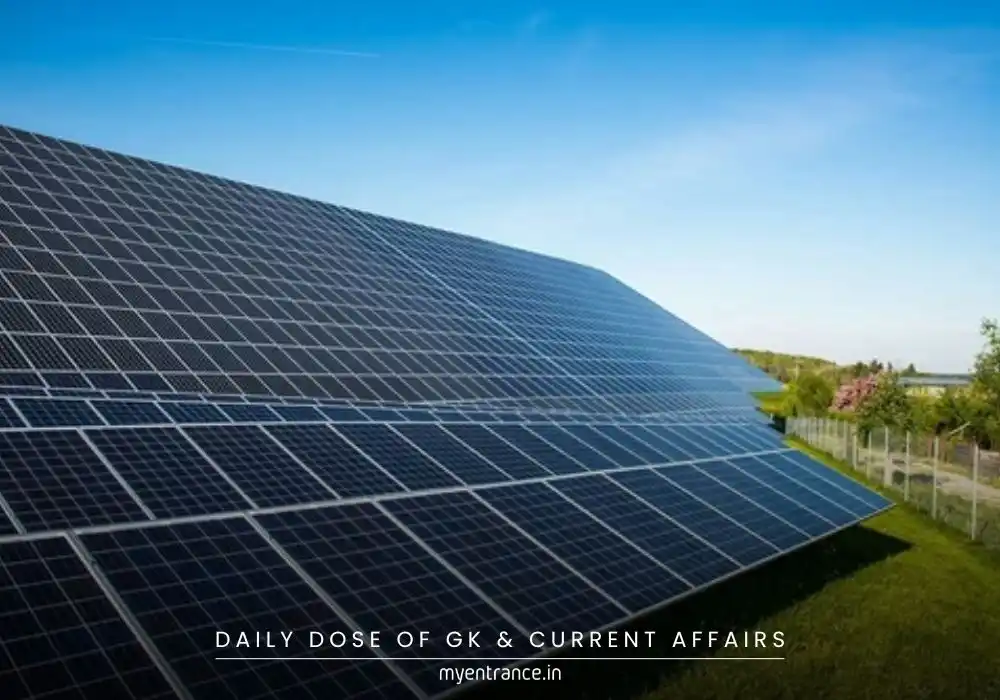Translate Language
Will Cloud Seeding Solve Delhi’s Air Pollution Crisis?
Delhi is set to conduct its maiden cloud seeding operation in late August 2025 to tackle hazardous air pollution levels. The ₹3.21 crore project, delayed from July due to weather conditions, will use five aircraft to trigger artificial rainfall. But is this a sustainable solution, or just a temporary fix?

What is Cloud Seeding in Delhi?
Cloud seeding is an artificial weather modification technique used to enhance rainfall. Here’s how it works:
Process: Specialized aircraft release substances like silver iodide, salt particles, or dry ice into clouds.
Purpose: These particles attract water vapor, forming heavier droplets that fall as rain.
Effectiveness: Can increase rainfall by 5-15%, but requires suitable cloud conditions.
In Delhi, the government hopes cloud seeding will wash away pollutants, providing temporary relief from smog.
Why is Delhi Trying Cloud Seeding?
Severe Air Pollution: Delhi’s PM2.5 levels averaged 175 µg/m³ in winter 2024-25—11 times the WHO’s safe limit.
Health Risks: Pollution reduces life expectancy by nearly 12 years for Delhi residents.
Immediate Solution: Since long-term measures take time, cloud seeding acts as an emergency fix.
Project Execution Details
Aircraft Used: Five modified Cessna planes will cover 100 sq km per flight.
Duration: Each sortie lasts 90 minutes, targeting northwest and outer Delhi.
Chemicals Used: Silver iodide, iodized salt, and rock salt (developed by IIT Kanpur).
Why Was the Project Delayed?
Originally planned for July 2025, experts from IMD and IITM Pune advised postponement due to:
Unfavorable cloud conditions during peak monsoon.
Better success chances in late August–early September when clouds are more stable.
Challenges & Limitations
Not a Permanent Fix: Only a short-term measure during extreme pollution.
Weather Dependency: Needs moisture-rich clouds to work.
Winter Feasibility: Monsoon trials may not reflect effectiveness in peak pollution months (Nov–Jan).
Environmental Concerns
Ecological Impact: Artificial rain could disrupt local weather patterns.
Cost & Scalability: ₹3.21 crore per operation may not be sustainable long-term.
Sample Questions & Answers for Competitive Exams
What is the primary goal of Delhi’s cloud seeding project?
To reduce air pollution by inducing artificial rainfall.
Which chemicals are used in cloud seeding?
Silver iodide, dry ice, and salt particles.
Why was Delhi’s cloud seeding postponed from July to August-September 2025?
Due to unsuitable cloud conditions in July; late monsoon offers better success rates.
What is a major limitation of cloud seeding?
It is not a permanent solution and depends on existing clouds.
Which institutes are advising Delhi’s cloud seeding project?
IMD (India Meteorological Department) and IITM Pune.
Why is This Important for Current Affairs & GK?
UPSC/SSC/PSC Aspirants: Questions on environmental tech, pollution control, and govt initiatives are common.
Competitive Exams: Cloud seeding is a hot topic in science & tech, ecology, and governance sections.
General Awareness: Helps understand innovative solutions to India’s pollution crisis.
Final Thoughts
While cloud seeding offers short-term relief, Delhi needs long-term strategies like stricter emission controls and green energy adoption. For now, this experiment could set a precedent for other polluted cities.
Get 3 Months Free Access for SSC, PSC, NIFT & NID
Boost your exam prep!
Use offer code WELCOME28 to get 3 months free subscription. Start preparing today!

